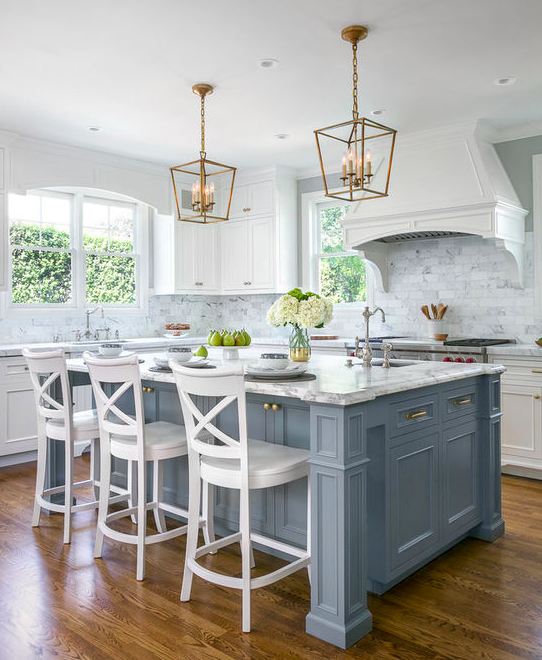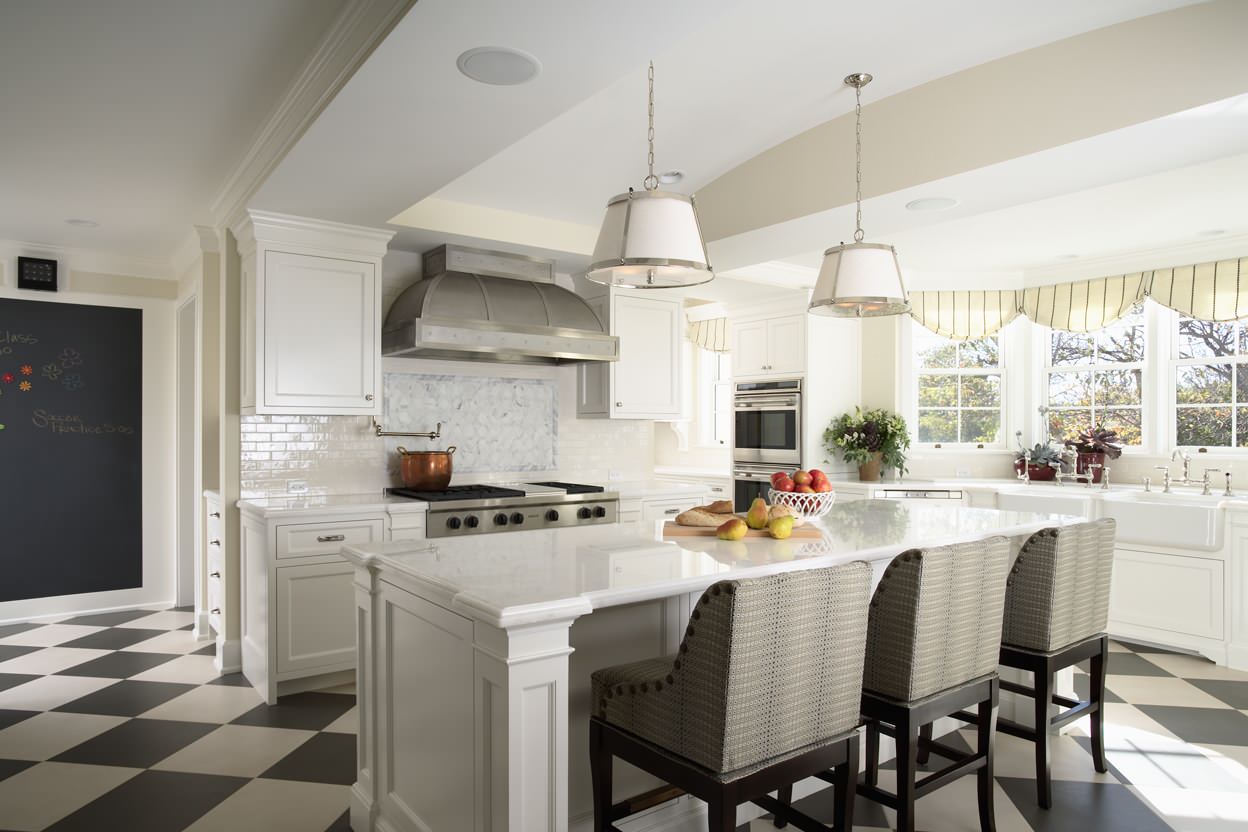The Most Effective Kitchen Island Leg Options for Modern and Conventional Kitchens
The Most Effective Kitchen Island Leg Options for Modern and Conventional Kitchens
Blog Article
Leading Factors To Consider When Choosing a Kitchen Area Island Leg for Modern Cooking Area Interiors
In the world of contemporary kitchen insides, the selection of a kitchen area island leg is crucial, influencing both aesthetics and functionality. As these aspects link, they elevate even more inquiries about how to attain the perfect balance between design and practicality, leaving one to ponder the ramifications of each decision on the overall kitchen area experience.
Material Options
When it comes to picking a kitchen island leg, material options play an essential function in both aesthetics and functionality. kitchen island leg. The most typical products consist of wood, metal, and composite options, each offering prospective disadvantages and unique benefits
Timber is preferred for its warmth and classic appeal, providing a timeless appearance that enhances numerous cooking area designs. It is extremely flexible, enabling customization in terms of colors and finishes. Nevertheless, wood may call for even more maintenance to stop bending or damages from dampness.
Metal, on the other hand, brings a commercial and contemporary style to kitchen area islands. Stainless-steel and functioned iron are preferred selections, recognized for their longevity and resistance to wear. They can hold up against the rigors of day-to-day usage however may do not have the warmth associated with timber.
Composite materials, such as engineered wood or synthetic blends, supply an equilibrium between rate, toughness, and appearances. These choices are frequently designed to simulate the appearance of all-natural products while offering resistance to spills and scratches.
Inevitably, the option of material need to line up with the total cooking area style and planned use, making certain that the kitchen area island leg is both useful and aesthetically appealing.
Design and Design
The style and design of a cooking area island leg substantially add to the overall visual of the space, enhancing the chosen product. When choosing the leg design, think about the architectural design of the kitchen. For example, smooth, minimalist legs constructed from stainless-steel or acrylic harmonize with modern styles, while ornate, turned timber legs improve conventional or farmhouse aesthetics.
Additionally, the finish of the leg can affect the aesthetic effect; a polished chrome or matte black finish may evoke contemporary beauty, while distressed wood talks with rustic charm. The leg's form likewise plays an essential role-- right, angular forms share a more industrial feel, whereas curved or tapered legs present a softer, a lot more welcoming appearance.
Including ornamental elements, such as makings or decorations, can add personality and character to the kitchen island, further improving its function as a focal factor. Ultimately, the picked leg design ought to not just align with the general kitchen style yet likewise reflect the home owner's individual preference, ensuring that the kitchen area island becomes a unified and practical centerpiece within the contemporary cooking area inside.
Elevation and Percentages
Accomplishing the right elevation and percentages for a kitchen island leg is important for both capability and visual appeals. Cooking area islands generally vary in height from 28 to 36 inches, depending on their meant usage-- whether as a cooking surface area, eating location, or work area. Requirement kitchen counter height is approximately 36 inches, making it essential that the legs you choose complement this height to offer a smooth, integrated look.
Percentages likewise play an important function in the aesthetic equilibrium of the kitchen. The dimension and weight of the leg should be in consistency with the total design of the island - kitchen island leg. A slim leg might be ideal for a modern or minimalistic island, while a more considerable leg may be required for rustic or typical designs. In addition, consider the spacing in between the legs; ample range ensures convenience and ease of movement around the island.
When selecting the elevation and proportions of the kitchen area island leg, keep in mind the overall style theme of your kitchen. This attention to detail not only improves the functionality of the room however also adds to a visually enticing and cohesive interior decoration.
Security and Assistance
Constantly ensuring stability and support in kitchen island legs is crucial for both safety and security and functionality. A sound kitchen island must endure day-to-day usage, consisting of weight from devices, food prep work, and social gatherings. Consequently, the choice of legs should prioritize durable products and layouts that can supply ample support.
When examining security, take into consideration the leg's go now material-- light weight aluminum, steel, or wood often provide exceptional stamina compared to lighter options. Furthermore, the layout should include a broad base to distribute weight uniformly and decrease the danger of wobbling or tipping. Legs designed with an A-frame or cross-bracing can substantially boost stability.

Integrating these factors to consider will certainly not just improve the overall safety of the kitchen space however additionally improve the longevity and capability of the kitchen area island, making it a beneficial focal point in contemporary cooking area interiors.
Finishing Touches
When it pertains to completing a kitchen area island, thoughtful ending up touches can dramatically improve both its Our site aesthetic charm and performance. Choosing the right leg design is critical, yet matching it with proper information can change the whole area. Take into consideration including ornamental components such as toe kicks or baseboards that match the cabinetry or floor covering to develop a seamless appearance.

Finally, the choice of finishes plays a critical duty in tying the style together. Whether selecting a matte, glossy, or textured finish, guarantee that it aligns with the general style of your kitchen. A natural color combination and material selection will raise the kitchen island, making it an exciting focal point. By paying interest to these ending up touches, property owners can develop a cooking area island that is both attractive and useful, catering to their lifestyle and layout choices.
Verdict

In his explanation the realm of modern-day cooking area insides, the choice of a kitchen island leg is essential, influencing both aesthetics and functionality.The style and layout of a kitchen area island leg significantly contribute to the general aesthetic of the space, matching the picked product.Accomplishing the right height and percentages for a cooking area island leg is crucial for both capability and visual appeals.Consistently making sure security and support in kitchen island legs is important for both security and capability.In summary, picking a cooking area island leg for modern insides needs cautious consideration of product choices, design style, elevation, percentages, and stability.
Report this page